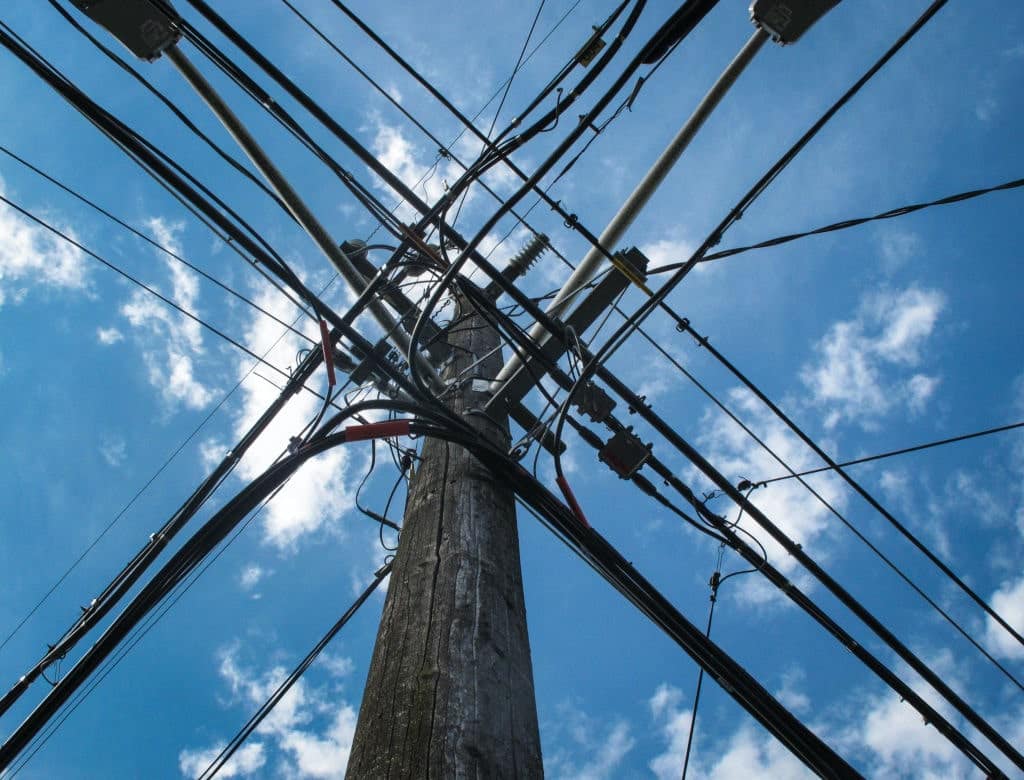Electrocution is one of the many personal injury lawsuits that can be tried in a court of law. It involves electric currents passing through the body, which is not a natural conductor of electricity like metals. Electrocution can lead to injuries, including burns, irregular heartbeat, seizures, and loss of consciousness. A severe electrocution case can lead to death, memory loss, coma, and respiratory attacks. A couple of factors and conditions can be responsible for electrocution. This includes faulty appliances, overloads, electrical appliances in contact with water, high voltage power lines, lightning, etc.
Legal Issues During A Case of Electrocution
As touching cases related to electrocution, lawsuits are mainly on the principles of negligence instead of strict liability.
An attorney involved in such a case must be able to prove that the plaintiff suffered actual injury and that the injury was caused as a result of negligence by a power company or another party, as the case may be.
The National Electric Safety Code(NESC), a United States standard of the safe installation, operation, and maintenance of electric power and communication utility systems, can also aid an attorney in proving the negligence of a power company. An attorney can seek to prove that the company failed in its safety responsibility by failing to maintain and inspect its electrical lines.

How Litigation Animation Can Aid An Electrocution Case
Several electrocutions and electric shock cases resulting in injury or death have been tried across courts in the United States.
One of such cases is the case of Foley v. Entergy Louisiana Inc, at the Supreme Court of Louisiana, which saw the plaintiff being awarded damages totaling $4,735,297.70 after an electric shock causing injury to the plaintiff was proven to have been caused by the contributory negligence of the defendant, an energy company.
Another case is the case of City of Bedford v. Zimmerman, at the Supreme Court of Virginia, where the plaintiff was awarded $170,000 as damages for injuries from electric shock caused as a result of the city’s negligence.
Litigation animation can come in handy in more cases involving electrocution. It can be used to illustrate the scene showing the causation of the accident on the one hand.
On the other hand, it can be used to clearly illustrate the injuries caused as a result of the accident.
This can be a powerful tool a personal injury attorney can use to prove the severity of the client’s injury as well as the negligence of the defendant leading to the injury.






